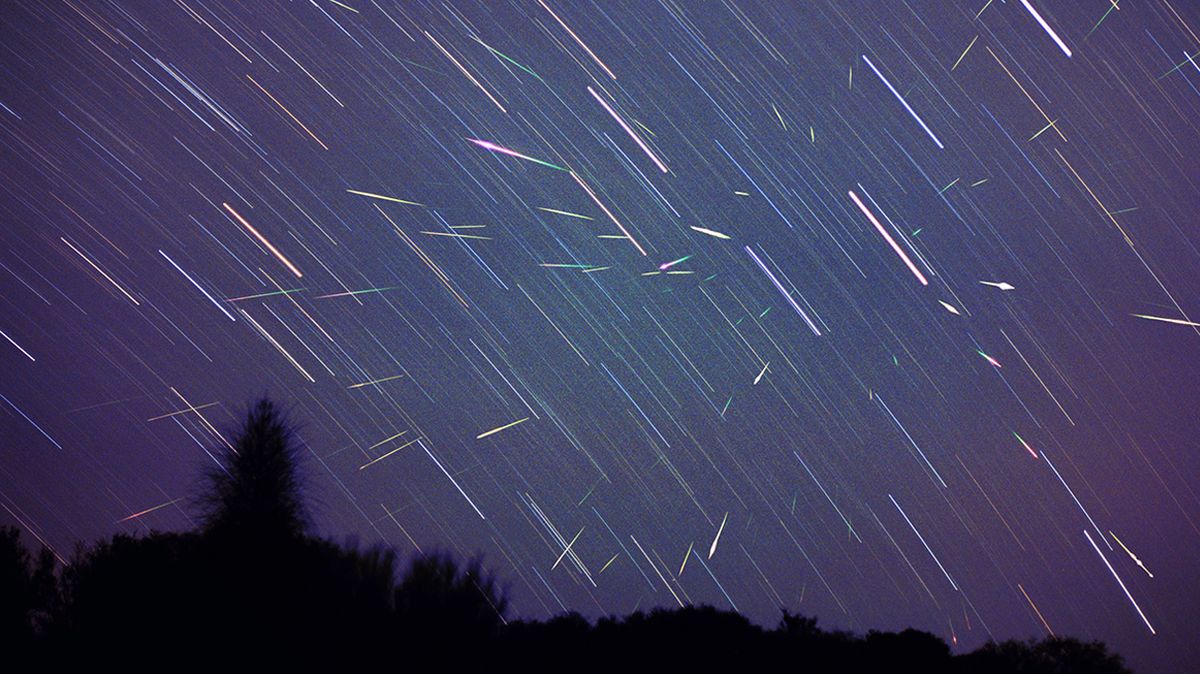
The Leonids Meteor Shower is an annual night sky spectacle that occurs in November. Here is all about the meteor storm.
What is the Leonids Meteor shower?
Leonids Meteor Shower has begun again. Viewers from Earth can watch the comic debris like a firework display. After all the shower is famous for its periodic storms. This year, the shower is active between November 6 and November 30. However, it will be at its peak on November 17, when the Earth passes through the densest of the debris. It originates from 55P/Tempel-Tuttle, a small comet in the Leo constellation. The constellation takes about 33 years to orbit the sun.
The Leonids Meteor Shower is a major meteor shower and features some of the fastest meteors. According to NASA notes, one can see at least 15 meteors per hour. Additionally, these particular showers are famous for the ‘fireballs’ and ‘earth gazer meteors’. This is due to its characteristic bright colored ‘firewalls and earth gazers that streak close to Earth’s horizon. Moreover, once in every 33 years, a Leonids Meteor Shower turns into a meteor storm. In this special case, hundreds or even thousands of meteors can be seen zooming past Earth every hour. In 1966’s shower, there were thousands of meteors every fifteen minutes! The next time we see such a miracle will be in 2032.
What’s the best place to watch the Leonids meteor shower?
The countryside is always the best place to watch a meteor shower. However, no matter where you live, yards, highways, parks, or even the rooftop tall buildings are the best place to watch meteor showers. Meteors are best seen from the darkest locations. Under a perfect dark condition, without street lights and no moon, you can see about 10 to 15 meteors per hour.
NASA recommends people to look at th Leo constellation, preferably around midnight. The meteors are not visible till they are 30 degrees from the radiant point However, like all annual meteor showers, these will appear in all parts of the sky.
